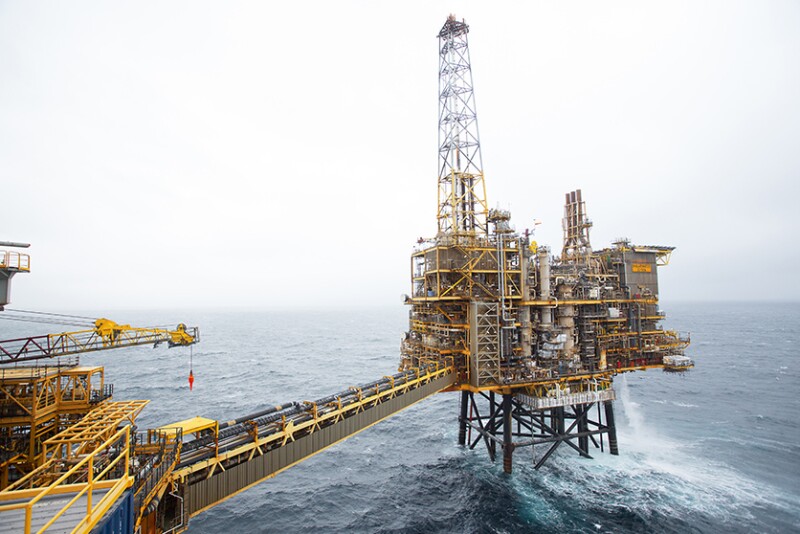BP is selling its 27.5% stake in the Shell-led Shearwater field to private-equity-backed producer Tailwind Energy for an undisclosed sum. Shearwater is in the UK North Sea and currently produces about 18,000 BOE/D.
BP had agreed in January 2020 to divest Shearwater along with its Andrew projects to Premier Oil for $625 million, but the deal was never finalized. Later in the year, Premier merged with Chrysaor Holdings. The combined entity was renamed Harbour Energy.
At the time of the Premier deal announcement, Ariel Flores, BP North Sea regional president, said, “BP has been reshaping its portfolio in the North Sea to focus on core growth areas, including the Clair, Quad 204 and ETAP hubs.”
According to Tailwind, the Shearwater transaction, which is subject to partner and regulatory approvals, furthers its growth strategy by adding another high-quality producing asset to its portfolio. Tailwind holds stakes in the Triton and Columbus fields in the UK North Sea.
Tailwind said earlier this month it would sell its entire working interest in the Conwy field to Eni UK Ltd. with effect from 1 July 2021, subject to regulatory approvals. Financial terms were not revealed. Tailwind holds a 100% stake in Conwy, which was acquired as part of its purchase of EOG Resources UK in 2018.
BP’s planned sale of the company’s Andrew assets is now off the table. BP said it will retain the operated assets comprising the Andrew platform, the Andrew (62.75%), Arundel (100%), Cyrus (100%), Farragon (50%) and Kinnoull (77.06%) fields and associated subsea infrastructure.
The five fields all produce through the Andrew platform, which is located about 140 miles north-east of Aberdeen. The hub started production in 1996. In 2019, average daily production has been around 25,000 to 30,000 B/D of oil equivalent.
BP said in early 2020 it was targeting as much as $15 billion in divestments and disposals by mid-2021. By 2025, the company could sell $25 billion worth of assets. The funds could help with the operator’s plans to reduce emissions and boost low-carbon spending as part of the greater energy transition.


